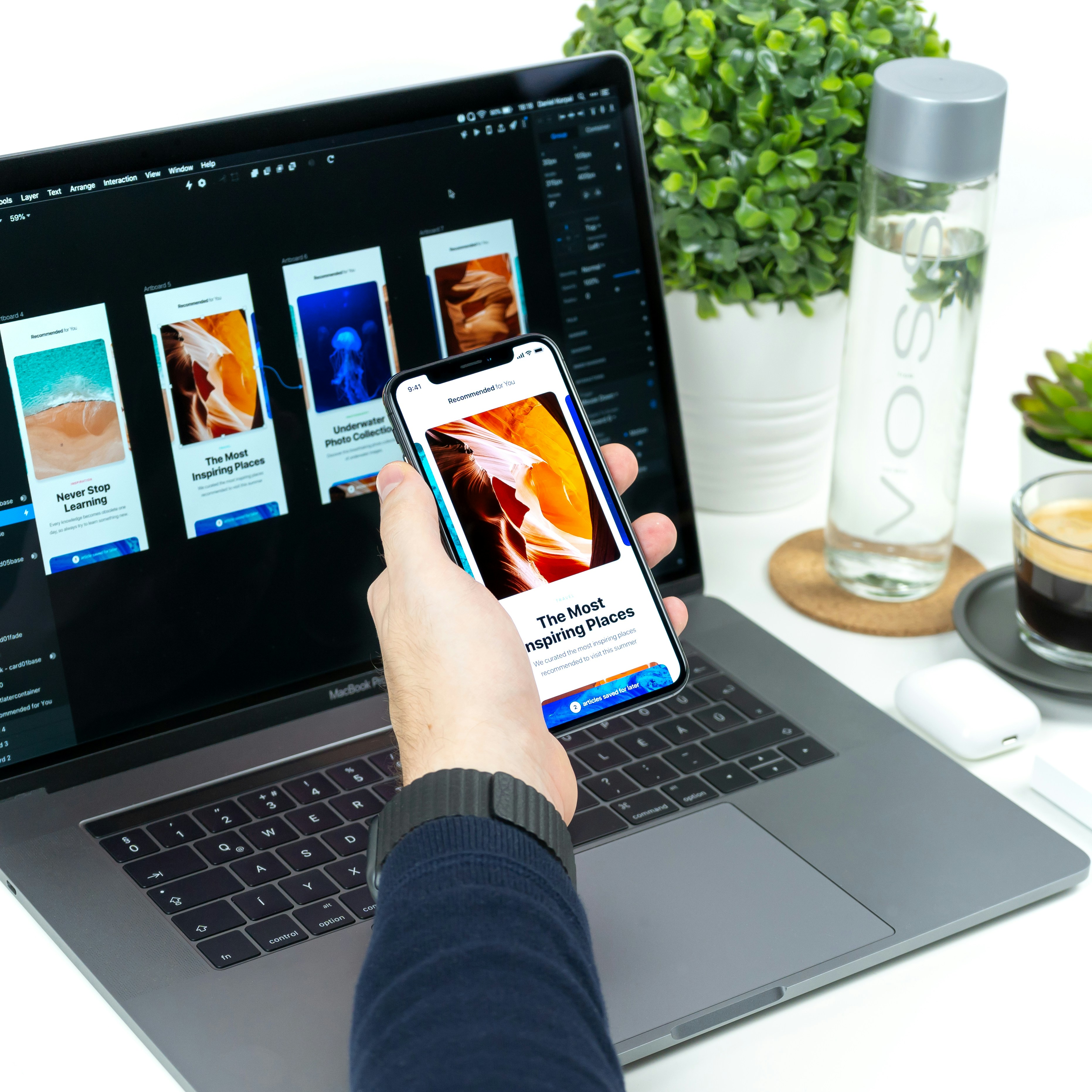How to Design a Dashboard
Visual Requirements and designing visibility

Intermountain Healthcare

Overview
Intermountain Healthcare’s hiring process for physicians and advanced practitioners was slow, inefficient, and impossible to track.
Leadership was committed to fixing the problem, but no one had a clear understanding of the full process, or the inherent problems they entailed.
I was brought in at the inception of the project and was the only designer on a team of 30+ business leaders and executives. People assumed that design meant "designing really cool dashboard" and that was beautiful and fun to look at.
Instead of designing the most beautiful, jaw-dropping charts people could stare at for hours, I used design to figure out what they actually needed to see and do. Before jumping into a dashboard, I wielded design as my tool to map out the entire process and how everyone understood the system.
I focused on two things:
- Using design as a tool for understanding → Making invisible problems visible so teams could align.
- Ensuring technology worked for people, not against them → The solution had to reduce workload, not add to it.
What started as a process for understanding and alignment became the obvious, clear solution to how we solved the problem.
Details
Start-To-Depart
Intermountain Healthcare
UX Design Lead
2020
30+ Business Leaders
3 Engineering Leaders
4 Analysts
1 Designer (Me)
Figma, Miro, Whiteboards, Lots of Sticky Notes
114 Screens
42 Iterations
$1.5M Dollars Saved
317 Cups of Coffee Consumed
Problem Statement
No one had a shared understanding of the hiring process.
Employees used different tools, different data, and different processes that didn’t communicate with each other.
Leadership wanted a real solution but needed clarity on where the biggest breakdowns were happening.
Research & Insights
I sat with employees at their desks, documenting tools, processes, and pain points
Many employees had been forced to create their own workarounds—most processes were still paper driven.
Every team had its own tools and guarded its own data, yet all of it went to the same data warehouse.
Breakthrough Insight
Instead of forcing teams to change their workflows, we could surface the right data at the right time.
Solution Statement
The Timeline started as a way to document workflows but became the backbone of the entire hiring and onboarding process.
Instead of just being a UI layer, it became a data-driven system that automated processes across teams.
Key Features
Real-Time Progress – Shifting to a single-source, data-event-driven tool to create a single, accurate, real-time view of any process in the system.
Process Automation – Certain events triggered automatic actions, reducing manual follow-ups.
Accountability Without Micromanagement
Stalled or blocked tasks triggered event notifications.
Gamification rewarded efficiency.
Visibility gave everyone a clear view—from system-wide progress down to individual process details.
Visuals
The initial process maps and sketches aligned teams around a shared language.
The final system streamlined communication and replaced manual tracking with automated workflows.
Impact Statement
Real-time visibility → Everyone finally knew where things stood in the hiring process.
Central source of truth → Data, documents, communication, resources all in one spot.
Hiring time reduced from by over 50%.
Employees felt heard → Instead of burdening them with another tool, the solution made their jobs easier.
Lessons Learned
Design wasn't just the output—it was the process. Aligning people around a shared understanding was the real win.
Making thoughtful decisions around technology isn’t harder—it just requires a willingness to challenge assumptions.
After four months of research, analysis, white-boarding, and sketching, the solution seemed so obvious that the biggest debates were around what color to make the charts so they could stare at them all day.
Things We Got Wrong
Ironically, once a solution emerged, leadership reverted to top-down control, which risked overshadowing user-driven insights.
A deeper analysis of software licensing options as part of the solution process.
What I Would Do Differently
I'd work on my dad jokes.
I invited myself to a lot of meetings and into a lot of people’s offices.
I saw a transformation from finger-pointing and blame to a sincere excitement around a tool to help hire and keep physicians employed until retirement. 😝
I think this process worked because the solution wasn’t the goal—understanding was. The solution was a result of that effort.















